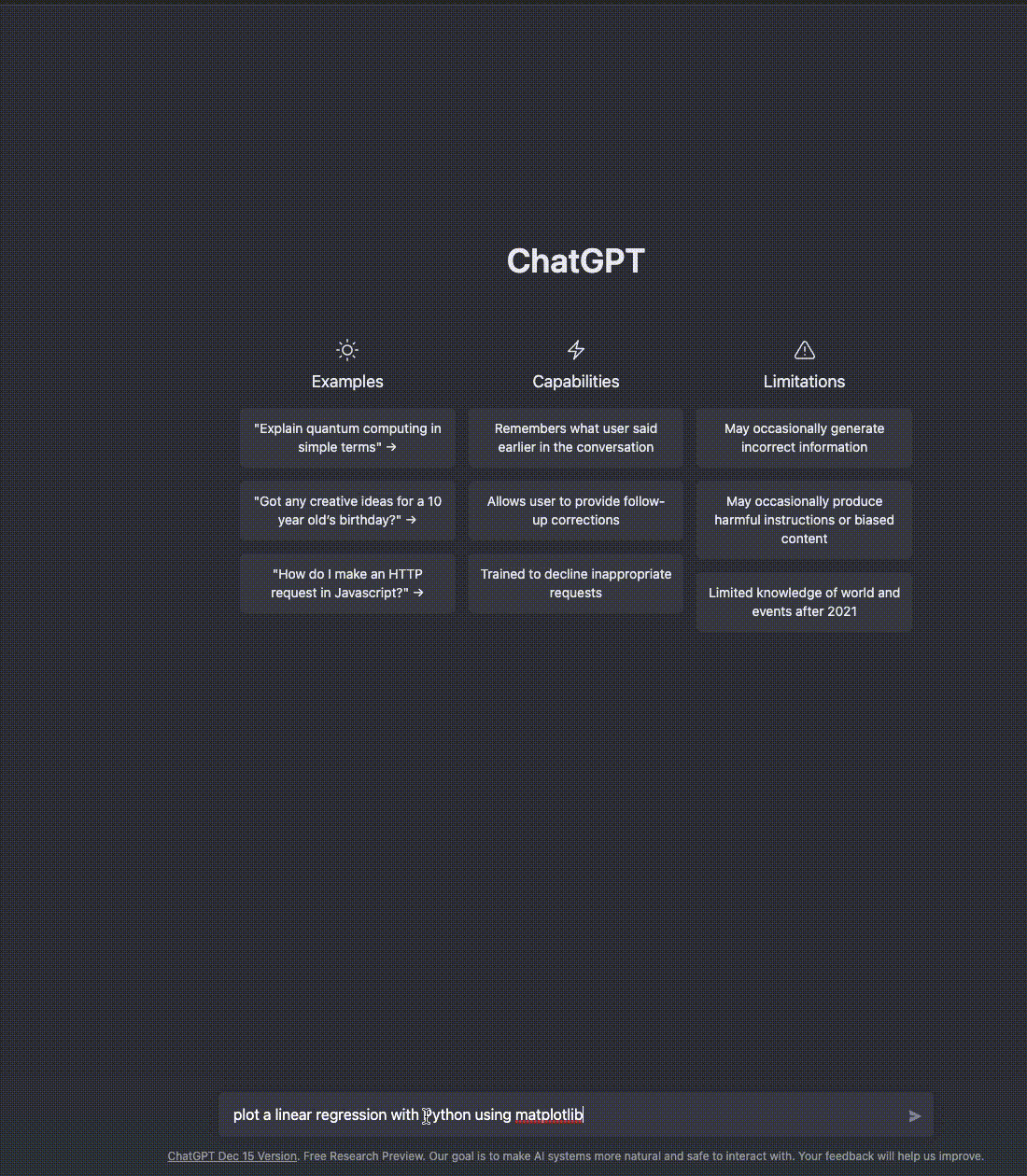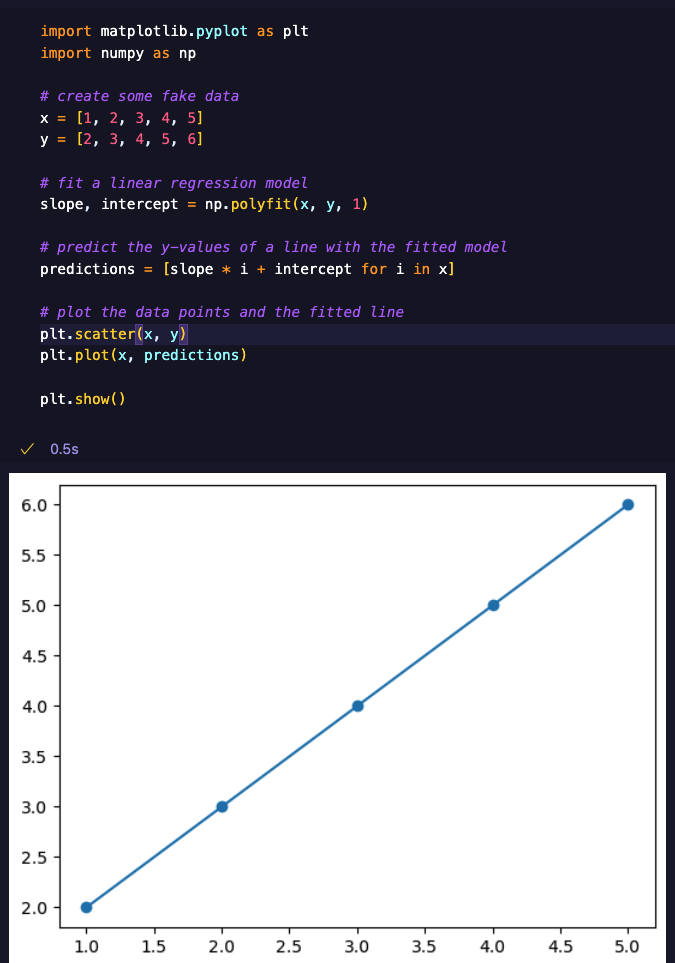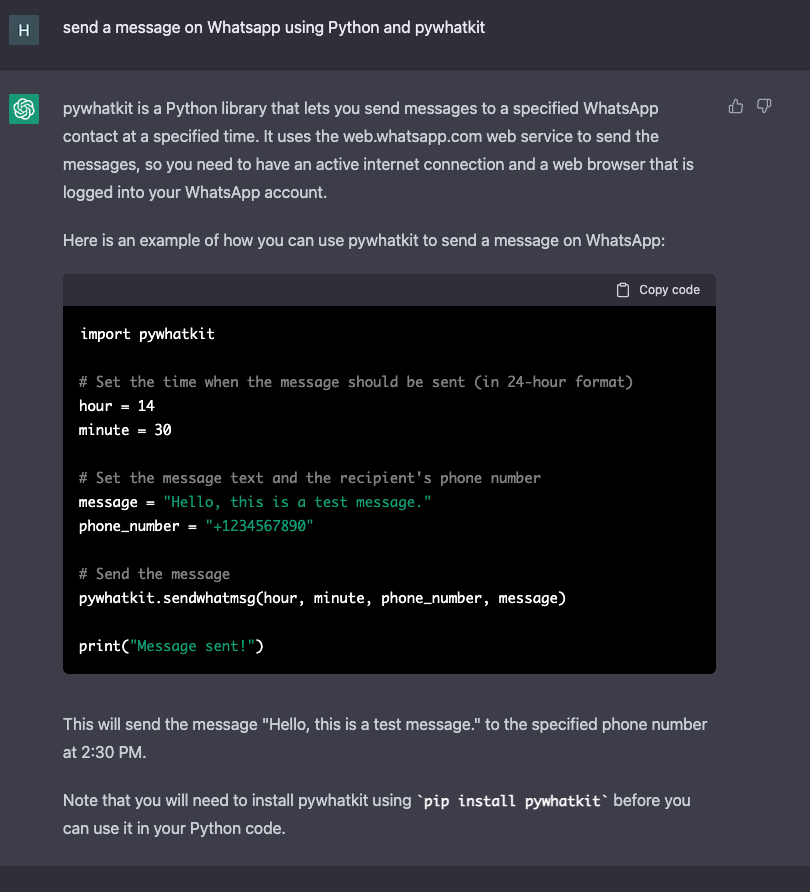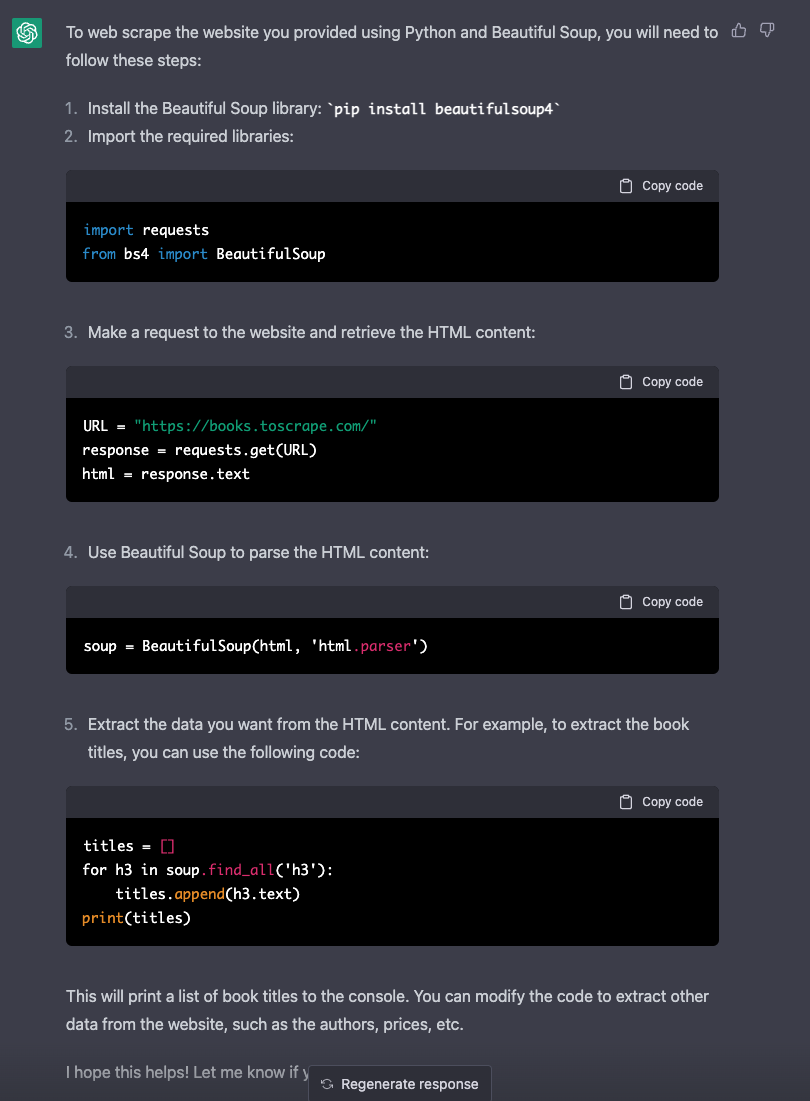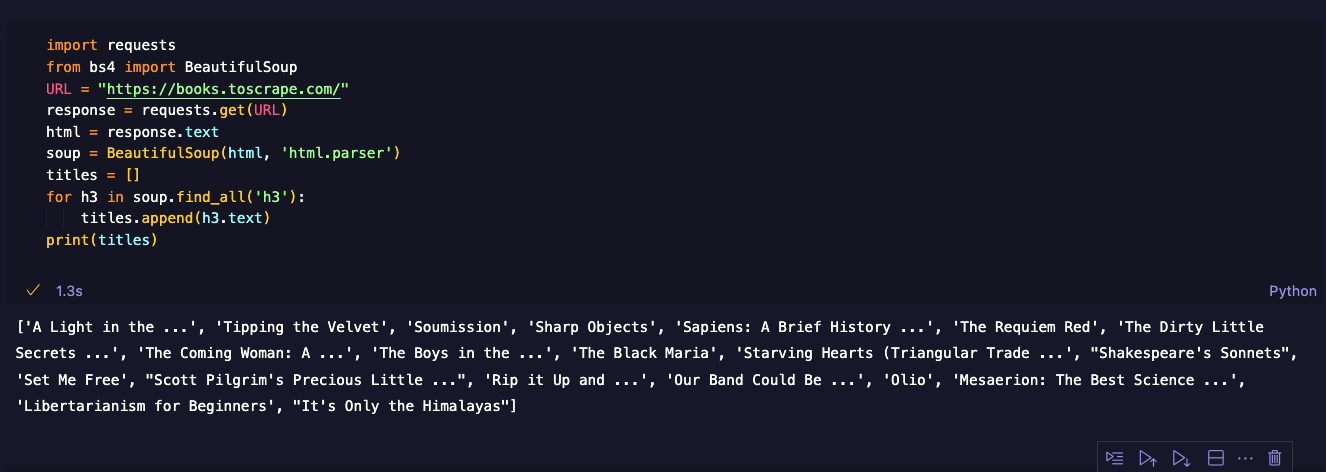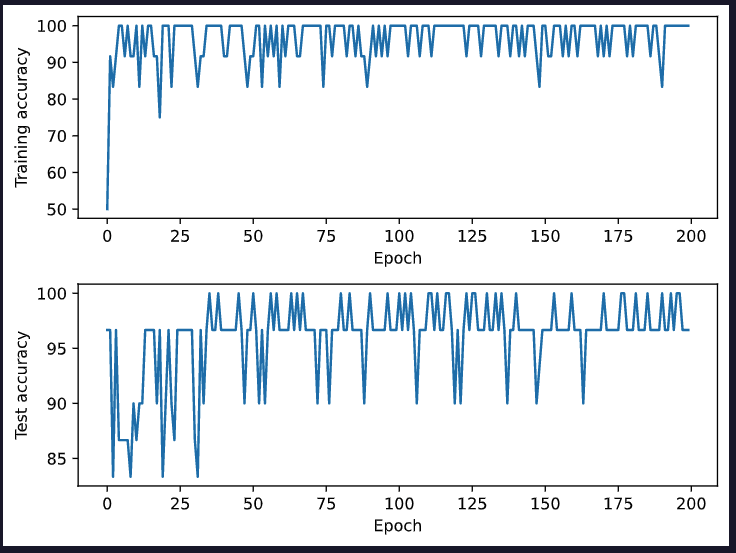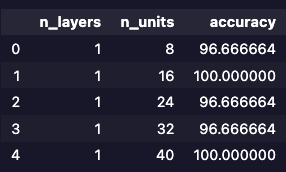Introducing Flet - The Python Framework That Takes Inspiration from Flutter
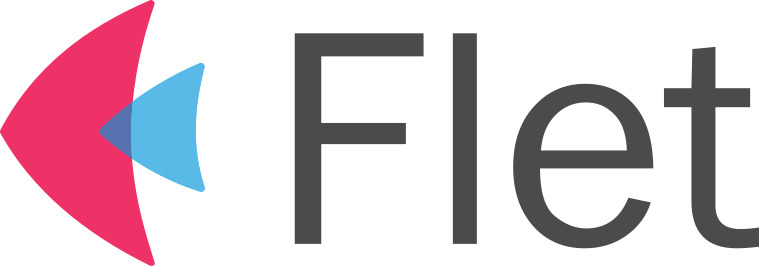
At a time when mobile app development has become the norm, it's not surprising to see an increasing number of frameworks that make the process more efficient. One such framework is Flet, a Python-based framework that enables developers to build native iOS and Android apps using a single codebase. In this article, i will delve into the world of Flet and explore its origins, characteristics, and usage. I will also compare Flet with another popular framework, Flutter, to understand how they differ and where Flet shines.
What is Flet and why was it made first?
Flet was first introduced in 2019 by a group of Japanese developers looking to create a Python framework that took inspiration from Flutter's unique approach to building user interfaces. The framework quickly gained popularity within the Python community, and today, it boasts an active community of contributors and users.
The primary goal of Flet is to simplify the development process by enabling developers to write code once and deploy it on both iOS and Android platforms. Flet is built on top of popular Python frameworks such as Flask and Kivy, making it easy to integrate with other Python libraries.
The characteristics of Flet
At its core, Flet is designed to be simple, intuitive, and flexible. Here are some of the key characteristics of the framework:
- Declarative Syntax: Like Flutter, Flet uses a declarative syntax that allows developers to describe the user interface in a simple and concise manner.
- Hot Reload: Flet's hot reload feature allows developers to make changes to the code and see the results in real-time, without the need to restart the application.
- Widgets: Flet uses a widget-based system, similar to Flutter, to build the user interface. Widgets are reusable building blocks that can be combined to create complex UI elements.
- Material Design: Flet is built on top of Google's Material Design, making it easy for developers to create beautiful and consistent user interfaces.
- Pythonic: Flet follows Pythonic principles, making it easy for Python developers to learn and use the framework.
Comparing Flet with Flutter
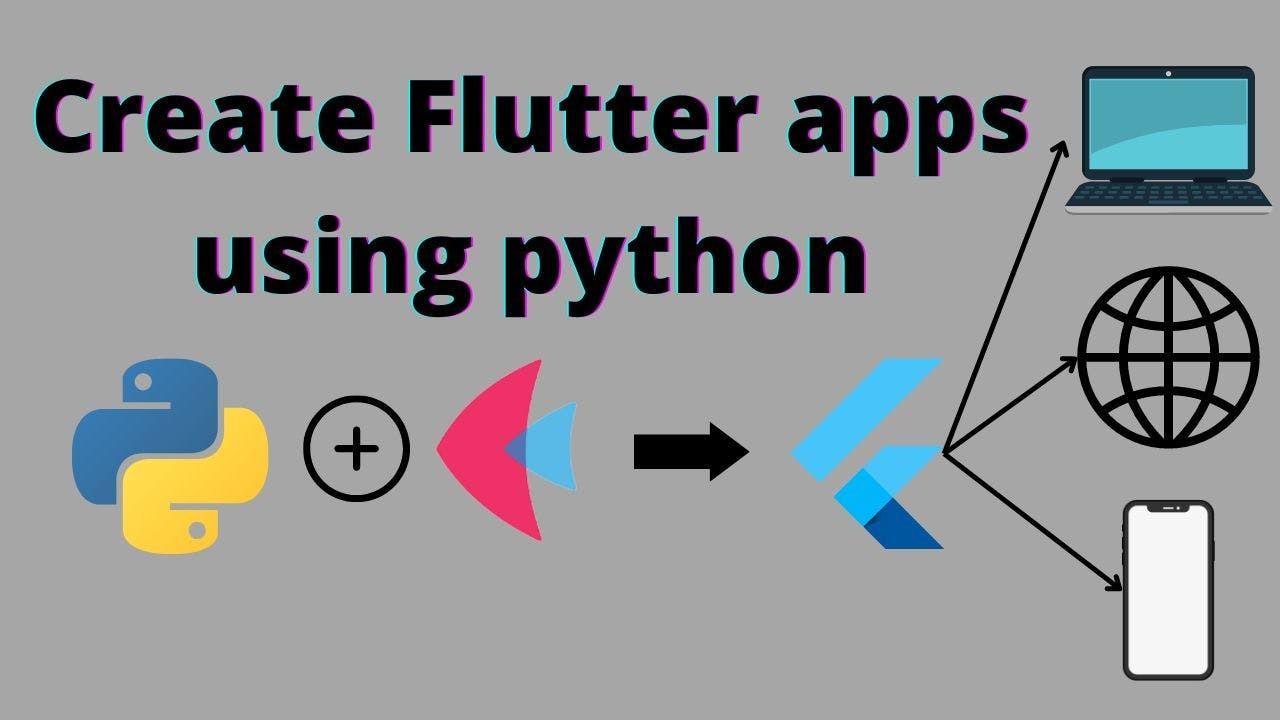
- Language
The primary difference between Flet and Flutter is the programming language used. Flutter uses the Dart programming language, while Flet uses Python. For Python developers, Flet provides a more accessible option.
- Syntax
Flet's syntax is more intuitive and straightforward compared to Flutter. Python developers will find Flet's syntax more familiar, making it easier to learn and use.
- Customizability
Both Flet and Flutter are highly customizable, but Flet provides more flexibility due to Python's dynamic nature. Python developers can leverage their existing skills to create more complex and customized apps.
Examples of how to use Flet
Now that I've explored some of the characteristics of Flet, let's take a look at example of how to use the framework. I'll compare Flet to Flutter to highlight the similarities and differences between the two frameworks.
from flet import Text, TextField, Button
class LoginScreen:
def build(self):
return Column(
children=[
Text('Login'),
TextField('Username'),
TextField('Password'),
Button('Login')
]
)
And here's the equivalent code in Flutter
import 'package:flutter/material.dart';
class LoginScreen extends StatelessWidget {
@override
Widget build(BuildContext context) {
return Column(
children: [
Text('Login'),
TextField(
decoration: InputDecoration(hintText: 'Username'),
),
TextField(
decoration: InputDecoration(hintText: 'Password'),
),
ElevatedButton(
onPressed: () {},
child: Text('Login'),
),
],
);
}
}
As you can see, the code in Flet is very similar to the code in Flutter. Both frameworks use widgets to build the user interface, and the code is easy to read and understand.
Flutter can also be used to build a app, but developers may need to spend more time learning the framework and the Dart language before they can start building.
Conclusion
if you are a Python developer and want to start building mobile applications, flet is an excellent choice. It provides a lot of useful features and widgets, as well as comprehensive documentation, making it easy for beginners to get started quickly. Additionally, flet's similarity to flutter makes it easy to switch between the two libraries, allowing developers to choose the one that best suits their needs.

